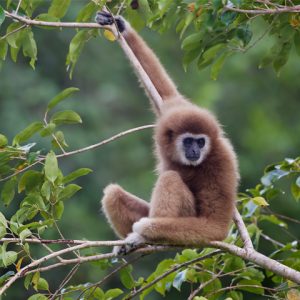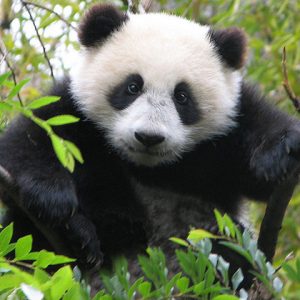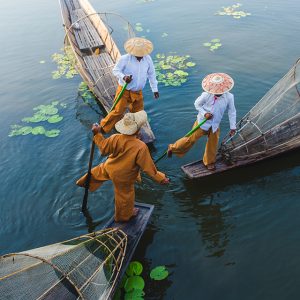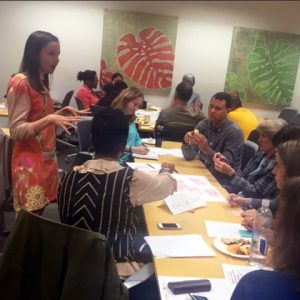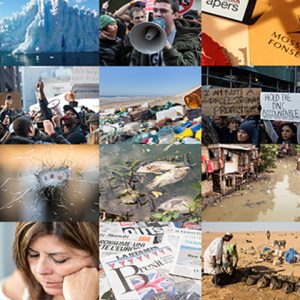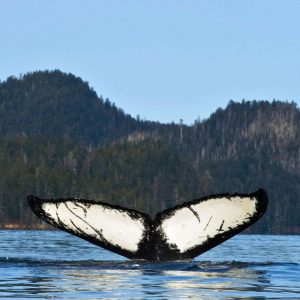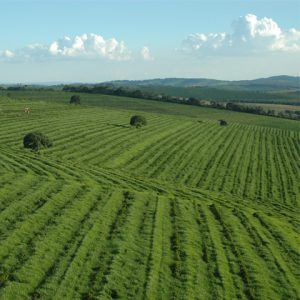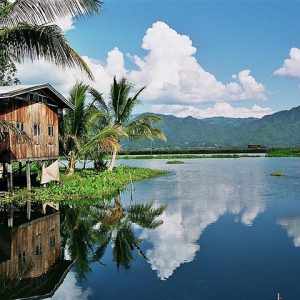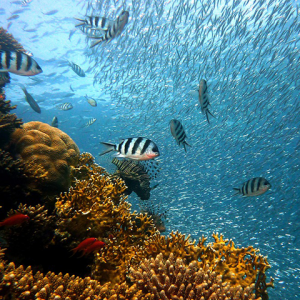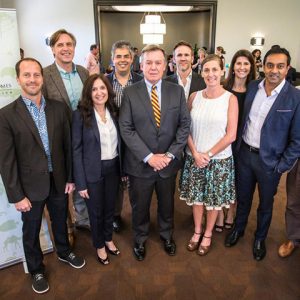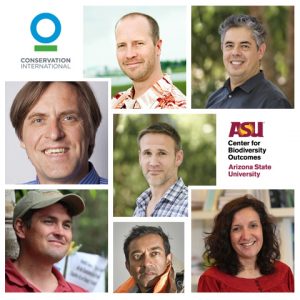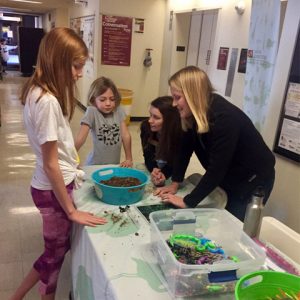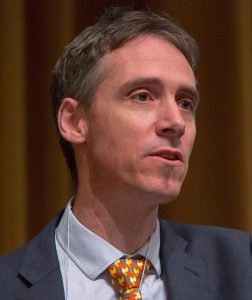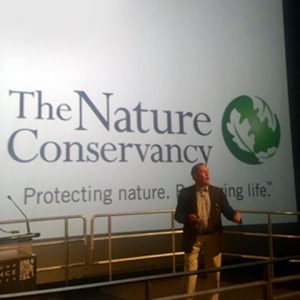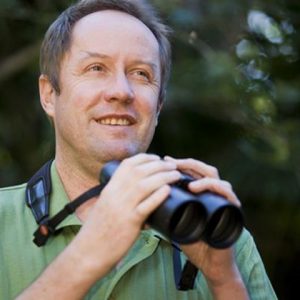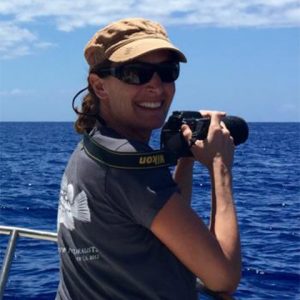Breaking the code in social-ecological systems research
May 3, 2017
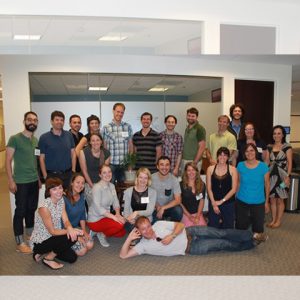 A collaboration between the Center for Biodiversity Outcomes (CBO) and the Center for Behavior, Institutions, and the Environment (CBIE) at ASU aims to unify social and biological science research and provide a more unified methodology to analyze and code coupled social-ecological systems (SES) in order to mitigate biodiversity declines.
A collaboration between the Center for Biodiversity Outcomes (CBO) and the Center for Behavior, Institutions, and the Environment (CBIE) at ASU aims to unify social and biological science research and provide a more unified methodology to analyze and code coupled social-ecological systems (SES) in order to mitigate biodiversity declines.
Two CBO- and CBIE-affiliated graduate students, Maria del Mar Mancha-Cisneros and Ute Brady, are working with other graduate students and postdoctoral research associates at ASU and other U.S. and Canadian universities to begin standardizing analytical practices for SES in order to attain more successful conservation outcomes.


